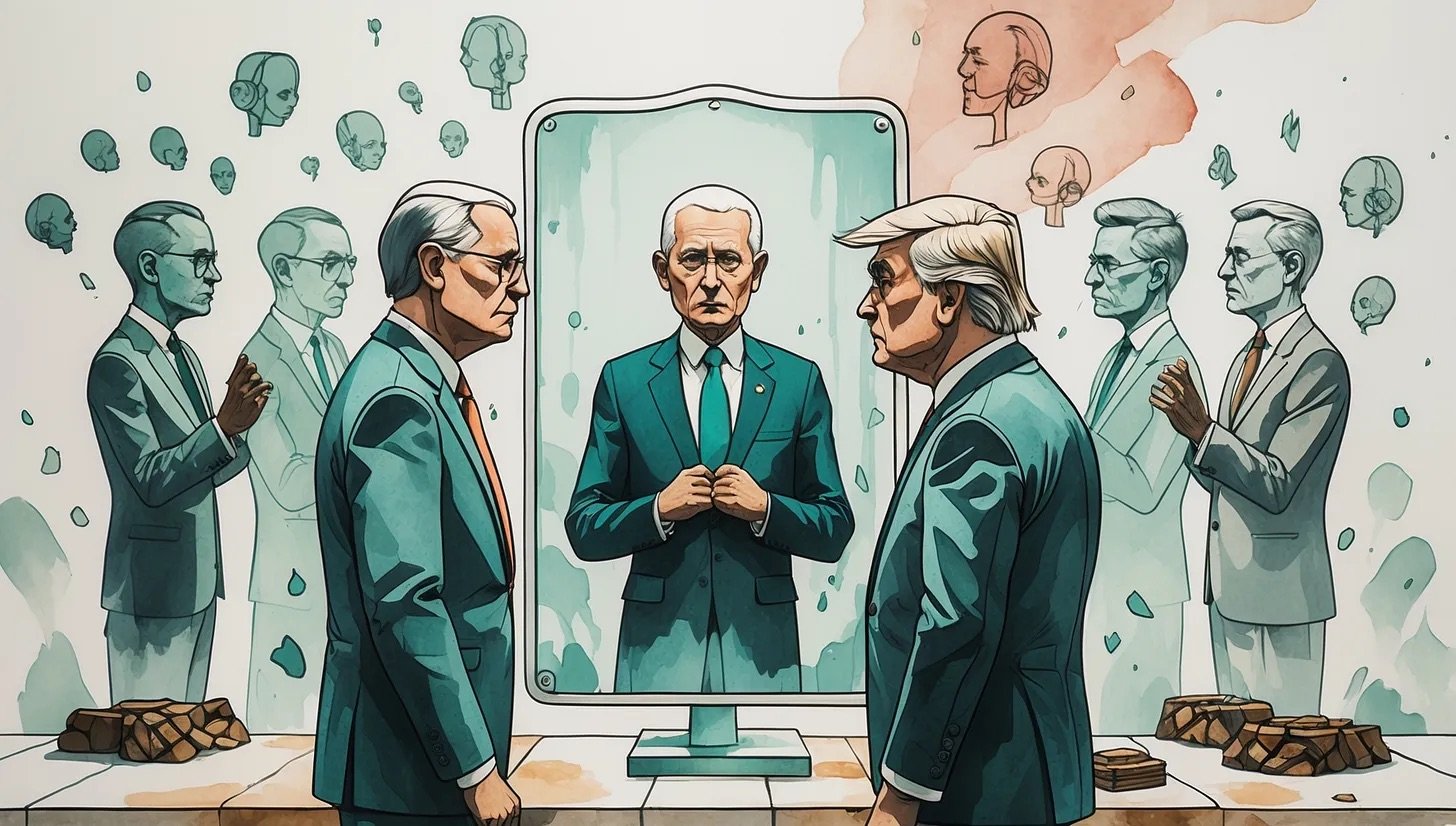The Rooster In Flight - A Substack Article
The Liturgy of Power
Why JD Vance’s Political Transformation Should Scare You About Your Own Smartphone Habits
By: Wynand Johannes de Kock
April 15, 2025
In the filament between thought and action, we are shaped most profoundly not by what we claim to believe but by what we love.
Our loves and loyalties are forged not through mere intellect, but through the embodied practices and rituals that captivate our hearts and mould our identities. Like a sculptor's hands upon clay, we perform our loves, and through various performances, our identities are forged.
The word 'perform' troubled me this morning. It sat awkwardly on my tongue, a borrowed garment that revealed more than it concealed. I traced it back to its Latin root—performo: "to form thoroughly"I found the light that was hiding in a dark corner of my mind.
The revelation landed quietly but profoundly: every act of performance is not mere execution but the slow, deliberate sculpting of identity. The self, it seems, is shaped not solely through grand declarations, but rather in the quiet accumulation of performances, the ongoing enactment of words and deeds.
Stand. Kneel. Sing. Raise holy hands, becomes the furnace where worshippers are recast, their deepest loves hammered not through cognition's forge but the body's mute obedience. Each genuflection etches new neural pathways, each major and minor chord rewiring desire itself. This is how worship transforms us at the deepest level: the liturgy that appears to be performed by us is ultimately performing upon us, its repetitions embedding belief into bone-marrow truth until the scripted becomes scripture.
Each motion
a chisel,
each genuflection
etching neural grooves
where belief
will later nest.
Not what I claim
but what I love—
this is the furnace
where the self
is forged, is
broken, is remade.
To perform:
performare—
to form
thoroughly.
Imagine stepping into a liturgical space—a cathedral or a modern worship venue—where the architecture itself performs. In a Catholic cathedral, sunlight filters through stained glass windows, transforming ordinary light into sacred radiance. The nave stretches like an ancient pilgrim’s path, its cedar ceiling soaring upward, unbroken by pillars, as if to remind the gathered faithful of their shared journey toward the divine. The air hums with quiet reverence, punctuated by the murmurs of prayer and the faint echo of footsteps on stone. Here, performance is ritualised, each genuflection and chant chiseling unseen grooves into the soul, as if the space itself moulds those who enter it.
Contrast this with a contemporary mega-church: a vibrant stage pulses with synchronised lights and screens that glow like modern stained glass. Stage lights pulse like arterial blood, their RGB spectrum synced to chord progressions. The sound engineer's fader moves like a priest elevating the host, lifting Reckless Love into the acoustic stratosphere. You find yourself singing not only because the lyrics convince, but because the bass frequency vibrates your sternum at 40Hz—it is resonance as theological argument…
Interested in completing the article? Follow Wynand on Substack